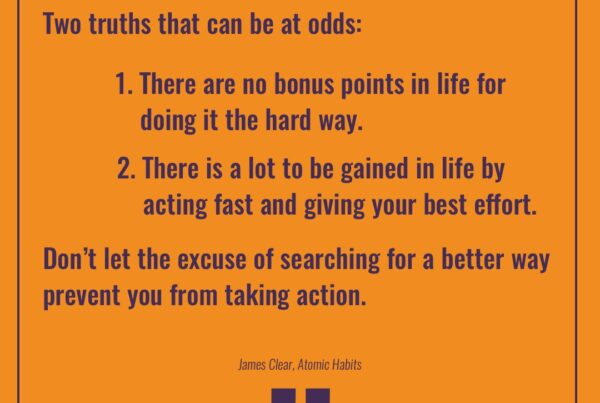It’s the time of year where I’m helping lots of organizations draft their annual fall appeal letters and I’ve been bumping into conversations with some of them about how to tell donors about administrative costs v. program costs.
My first recommendation is: Don’t go there.
My second recommendation is: Before you mention anything about those costs have you:
- Shared real life examples of the human impact of your programs? Like a name, age, and real example of a real person.
- Made sure to explain to your supporters that there are people on waiting lists or programs are filled to the seams?
- Shared your annual funding gap so supporters understand there is more to do with the unrestricted fundraising dollars you are raising?
- Shared real examples about the quality of staff and systems necessary to deliver your life-changing and life-saving programs?
My third recommendation AFTER you’ve done all of the above is: Read this article from Stanford Social Innovation: The Nonprofit Starvation Cycle. Here’s an excerpt:
The Nonprofit Starvation Cycle
“A vicious cycle is leaving nonprofits so hungry for decent infrastructure that they can barely function as organizations – let alone serve their beneficiaries. The cycle starts with funders’ unrealistic expectations about how much running a nonprofit costs, and results in nonprofits misrepresenting their costs while skimping on vital systems – acts that feed funders’ skewed beliefs. To break the nonprofit starvation cycle, funders must take the lead.”
I believe it’s our duty as nonprofit leadership to educate our funders, including our individual donors about the real costs of running our organizations. Paying attention to quality IT systems, staff salaries and benefits, as well as rent, utilities, and so on, are all part of the necessary ingredients to delivering quality programs.
Somehow we’ve been trained to think we should deliver world-class services with less than world-class infrastructure, staff, and essential overhead expenditures.
So, I strongly suggest that rather than talking about how lean your organization is and the low overhead/expense ratio, talk about the impact of your work on one life, one family and keep us focused on the reason you need unrestricted overhead in the first place.
I find that donors writing checks want to know their dollars will be well spent and real people will be helped. When it’s explained to them that there are costs associated with doing quality work they understand the ratio of expenses might be higher than they’ve been trained to pay attention to.
Be sure to read the comments at the end of the Nonprofit Starvation Cycle post, especially the one by Rick Cowles from the Charities Review Council. Rick talks about the fact that the new set of standards being developed at the Charities Review Council “…is an opportunity to inform donors and funders about the perils of underfunding organizational infrastructure.”
It’s an opportunity we ALL have as we invite financial support this fall.
This post was included in Withism’s from Lori: Boldness, Clarity & Wisdom for Fundraising Professionals Making a Difference (Volume 1), now available in paperback, on Kindle, and Nook.







